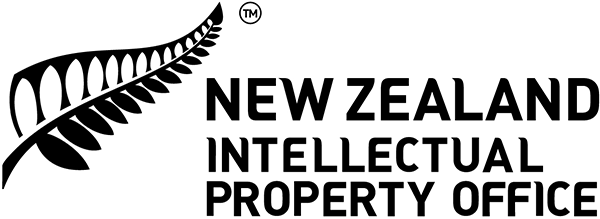Introduction of 1-year ‘grace period’ for ‘self-disclosure’ of inventions
On 30 December 2018, sections 71, 72 and part of section 77 of the Comprehensive and Progressive Agreement for Trans-Pacific Partnership Amendment Act 2018 (the CPTPP Act) will come into force, giving effect to New Zealand’s obligations under the Comprehensive and Progressive Agreement for Trans-Pacific Partnership. These sections of the CPTPP Act will amend the Patents Act 2013 to provide for a 12 month “grace period” for patent applications.
Section 72 inserts a new section 9(1)(f) into the Patents Act 2013. This new section provides that disclosure of an invention will not form part of the prior art base for a patent application if the following conditions are met:
The disclosure occurred during the 1-year period (“the grace period”) immediately preceding the patent date [1] and the disclosure was made by any of the following persons:
(i) the patentee or nominated person:
(ii) any person from whom the patentee or nominated person derives title:
(iii) any person with the consent of the patentee or nominated person:
(iv) any person with the consent of any person from whom the patentee or nominated person derives title.
The effect of the grace period provided for in section 9(1)(f) is that if:
- an invention is publicly disclosed by any of the persons described in new section 9(1)(f); and
- a complete specification claiming that invention is filed within 1 year of that disclosure
the disclosure must be disregarded for the purposes of deciding whether the invention is novel or involves an inventive step. This means that if an inventor discloses their invention to the public anywhere and in any way before filing a patent application, they could still obtain a patent in New Zealand for that invention provided that a complete specification is filed within 1 year of making that disclosure.
It is important to note that the grace period (section 9(1)(f)) applies only to public disclosures that occur on or after 30 December 2018[2].
The grace period provision set out in new section 9(1)(f) applies only to New Zealand. If an inventor discloses an invention before filing a patent application in New Zealand or elsewhere, this may mean that the inventor cannot obtain a valid patent in other jurisdictions. For example, the European Patent Convention does not include a grace period provision, and even in the case of countries that do – such as the United States and Australia – the conditions under which an applicant may rely on a grace period may be different from those set out in section 9(1)(f). Inventors who may want to obtain patents for their inventions in other countries should obtain advice about the grace period provisions in those countries before disclosing their invention to the public.
IPONZ Examination Practice
Generally, to have disclosure disregarded under any of the provisions of section 9(1)(a) to (e), the applicant must provide a statement outlining the section 9 grounds under which the disclosure should be disregarded and evidence in support.
Similarly, if a patent applicant wants to invoke the grace period provision of the new section 9(1)(f), they may provide a statement that the invention had been publicly disclosed by or with the consent of the nominated person in the 1 year period prior to the filing date of the complete specification. The statement may be provided to IPONZ before the start of examination, or in response to an objection that the claimed invention is not novel or inventive in light of the disclosure.
The statement must include evidence that the disclosure falls within the provisions of new section 9(1)(f), and was not made public before 30 December 2018.
The examiner will not disregard disclosure under any of the provisions of section 9(1)(a) to (f) without having received evidence in support. If the examiner suspects that a particular disclosure having regard to which a novelty/inventive step objection is made might fall within the provisions of new section 9(1)(f), the examiner will draw this to the attention of the applicant. A suspicion might arise, for example, when it appears that the author of the disclosure is the inventor or nominated person mentioned in the patent application.
